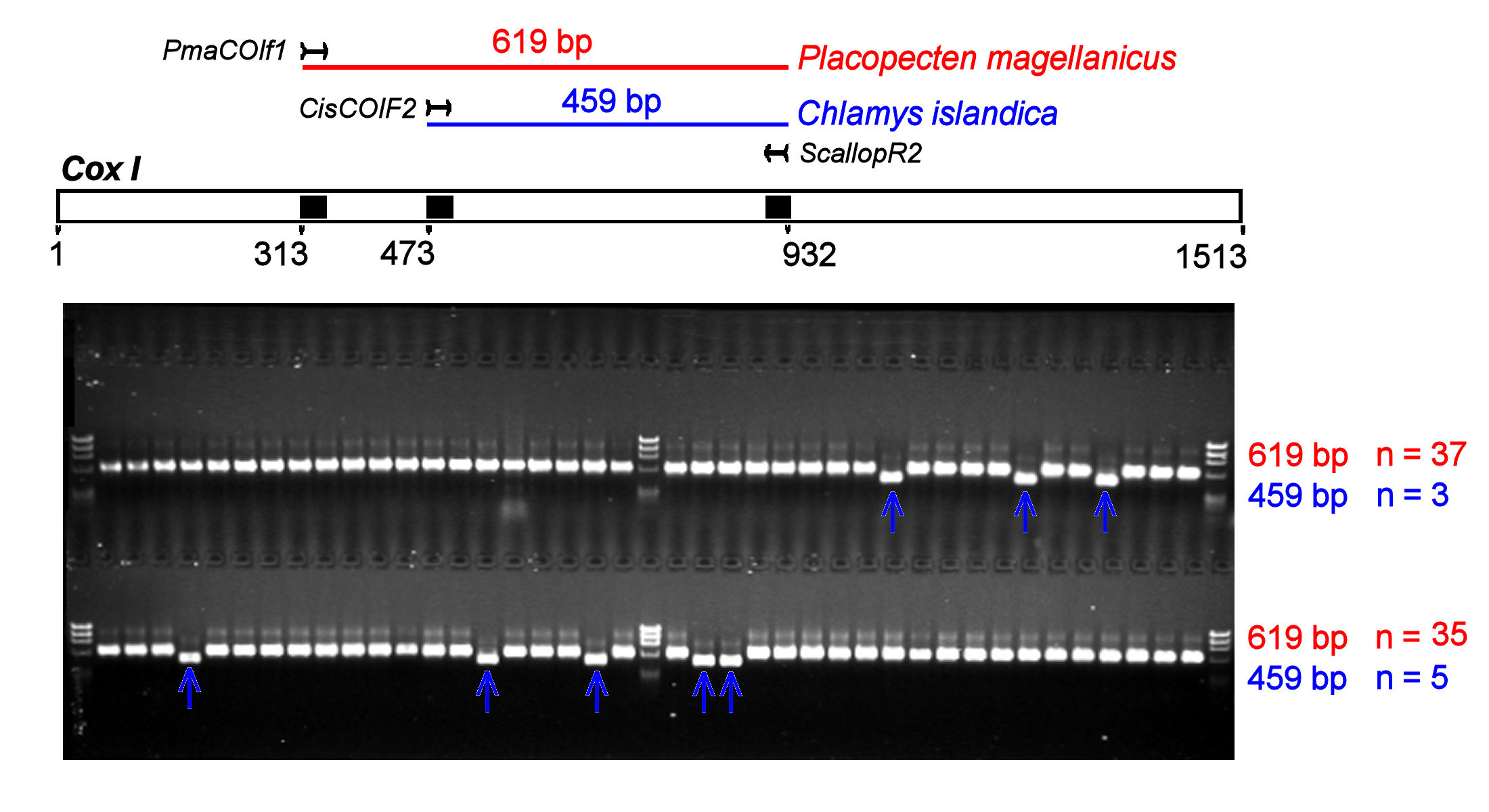
Species-Specific
Oligonucleotides
(SSOs)
as
a
forensic DNA test
[HD Marshall, KA Johnstone, & SM Carr
(2007) Forensic Sci Int'l,
167, 1-7]

Species-Specific
Oligonucleotides
(SSOs)
as
a
forensic DNA test
[HD Marshall, KA Johnstone, & SM Carr
(2007) Forensic Sci Int'l,
167, 1-7]